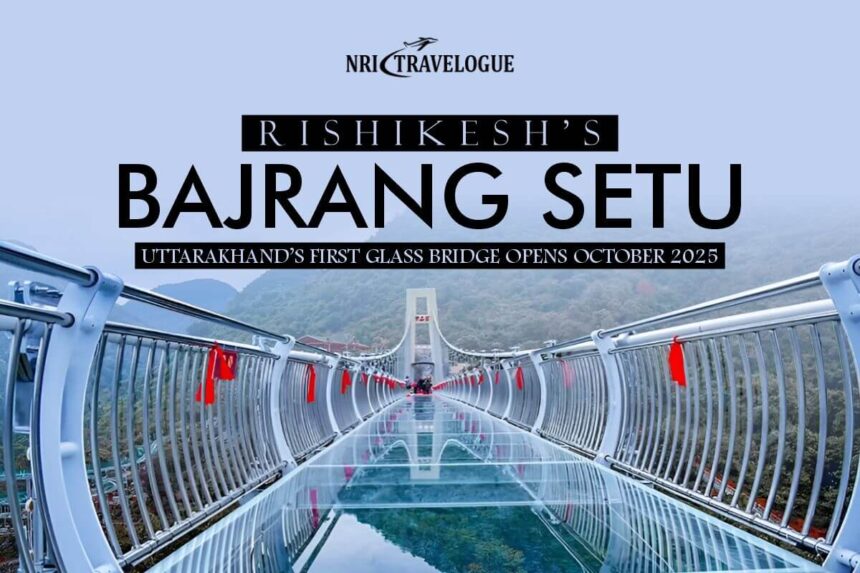Rishikesh has always been known as the “Yoga Capital of the World,” but in recent years, it has also become a hub for adventure and unique travel experiences. From white-water rafting to bungee jumping, the city keeps adding new reasons to visit. Now, with Uttarakhand’s first glass bridge—Bajrang Setu—set to open, Rishikesh is gearing up for another iconic attraction.
Inspired by the world-famous glass bridges in China, Bajrang Setu promises a thrilling walk above the Ganga with breathtaking panoramic views. If you’ve ever wanted to test your nerves while enjoying unmatched scenery, this bridge will soon be the perfect spot. In this article, we’ll cover everything you need to know about Bajrang Setu, including the new opening date, travel tips, safety measures, nearby attractions, and the best time to visit.
The New Opening Date of Bajrang Setu
Construction of the Bajrang Setu has been closely followed by both locals and travelers, as it replaces the old Lakshman Jhula, which was closed due to safety concerns. The glass bridge is expected to officially open to the public in October 2025, giving visitors yet another reason to plan a trip to Rishikesh.
While delays pushed the original timeline back, the state government has emphasized safety and durability as top priorities. This makes sense—after all, this is not just another walkway but a glass bridge in Rishikesh designed to handle heavy tourist traffic while maintaining international safety standards.
Best Time to Visit Bajrang Setu After It Opens
Timing your visit can make a big difference to your overall experience. The best time to visit Bajrang Setu is between October and March, when Rishikesh enjoys pleasant weather, clear skies, and cooler evenings. This is also peak season for yoga retreats and adventure sports, so you can combine the glass bridge walk with other activities.
If you prefer smaller crowds, visiting on weekdays or during early morning hours is ideal. The sunrise views from the bridge are likely to be spectacular, with the Ganga reflecting the soft golden light and the surrounding hills waking up to the day. Monsoon months (July–September) should be avoided as heavy rains may affect both visibility and safety.
Safety Standards for the Glass Walkway at Bajrang Setu
Walking on a glass bridge can be intimidating, but safety has been given top priority at Bajrang Setu. Engineers have used multi-layered toughened glass panels capable of supporting hundreds of visitors at a time. The bridge is built with earthquake-resistant features, stainless steel railings, and a controlled entry system to avoid overcrowding.
Having walked across a similar glass bridge in China, I can say the thrill comes from knowing you’re safe yet still feeling the rush of standing above a great height. Bajrang Setu aims to offer that same balance of excitement and security. Visitors will likely be required to wear protective shoe covers to prevent scratches on the glass panels, further extending their durability.
How to Reach Bajrang Setu from Rishikesh City Center
Reaching Bajrang Setu is straightforward, as it is located near the iconic Lakshman Jhula area. From the Rishikesh city center, the bridge is about 4–5 km away. Here are your options:
- By Auto or Taxi: The most convenient way is to take a local auto-rickshaw or book a cab. It takes around 15–20 minutes, depending on traffic.
- By Walking: If you enjoy exploring on foot, you can walk from Tapovan or Lakshman Jhula Market to the bridge in under 30 minutes.
- By Bus: Local buses and shared tempos frequently run along the main routes, offering a budget-friendly option.
For those traveling from outside Rishikesh, the nearest airport is Jolly Grant Airport in Dehradun (about 25 km away), and Haridwar Railway Station is the closest major rail hub (about 20 km). From there, taxis and buses are easily available.
Nearby Attractions and Activities Around Lakshman Jhula
One of the best things about visiting Bajrang Setu is its location. The Lakshman Jhula area is already rich with attractions, so you can easily plan a full day around the bridge. Some highlights include:
- Lakshman Jhula Market: Shop for souvenirs, spiritual items, and handmade jewelry.
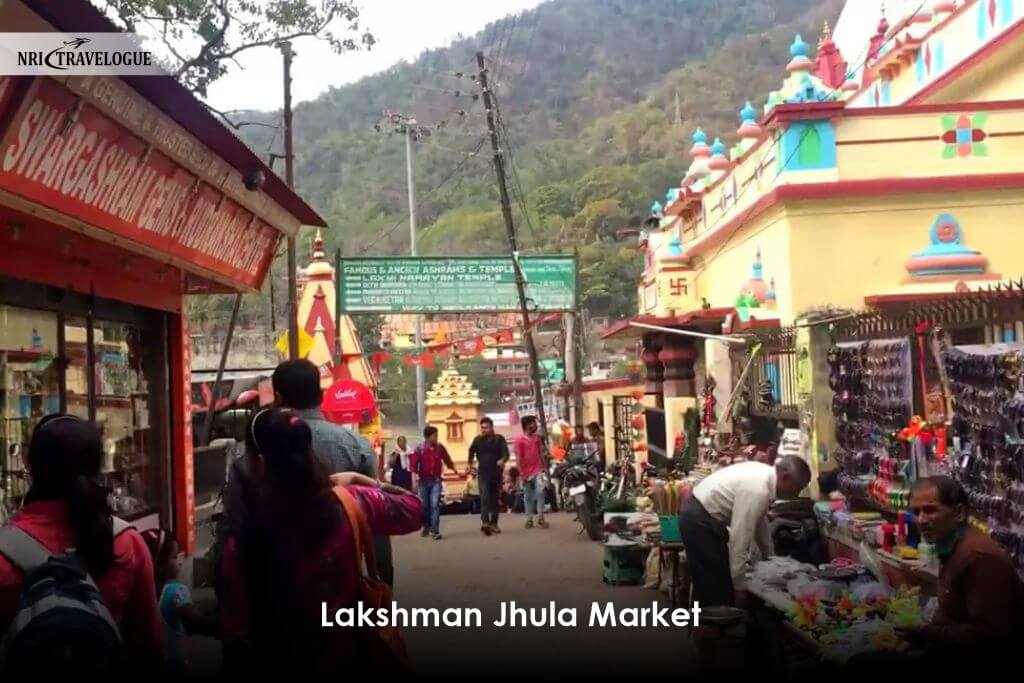
- Tera Manzil Temple (Trayambakeshwar Temple): A 13-story temple with panoramic views of Rishikesh and the Ganga.
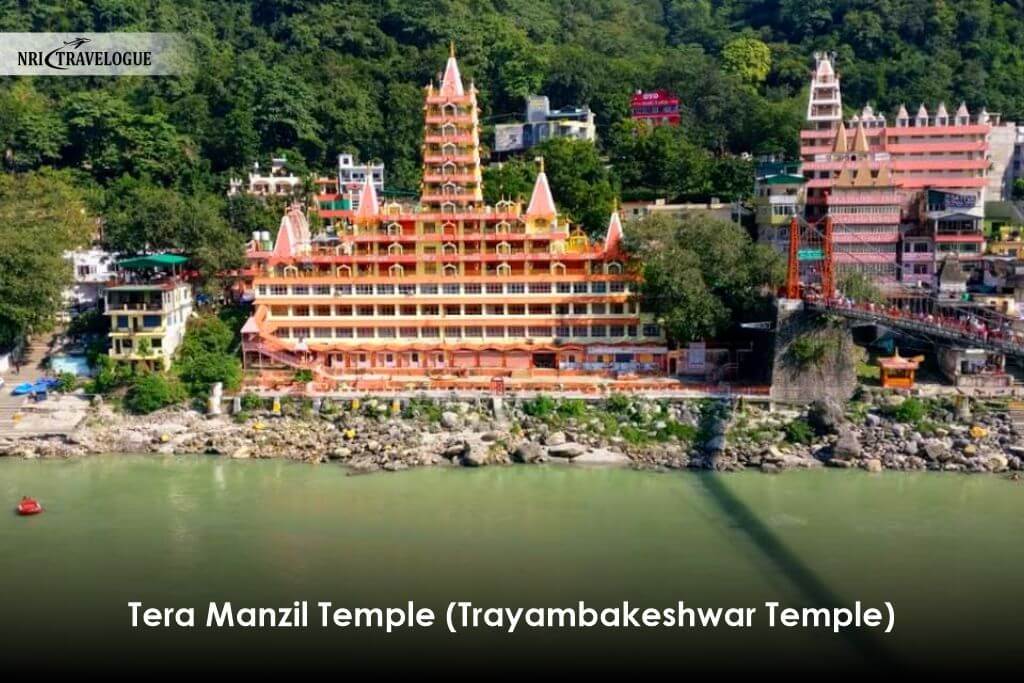
- River Rafting and Kayaking: Adventure enthusiasts can head to the rafting spots just a short drive away.

- Cafés with Ganga Views: Try popular spots like Café Karma or Little Buddha Café, where you can sip coffee while looking out at the river.
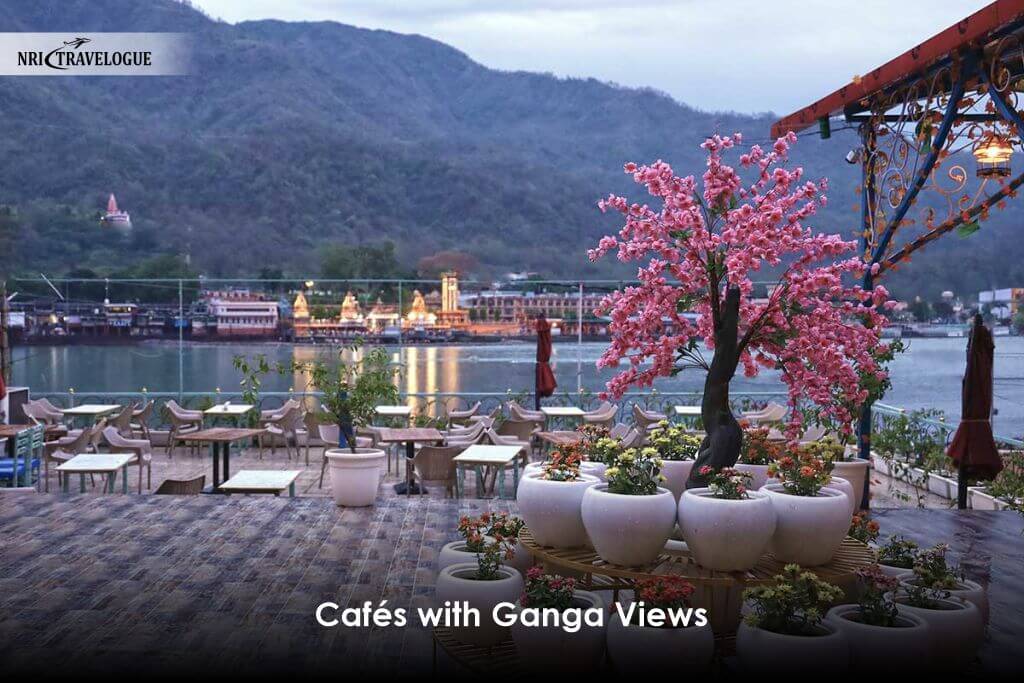
- Beatles Ashram: A quick drive from the area, this historic ashram is a must-visit for Beatles fans and those interested in art and meditation.
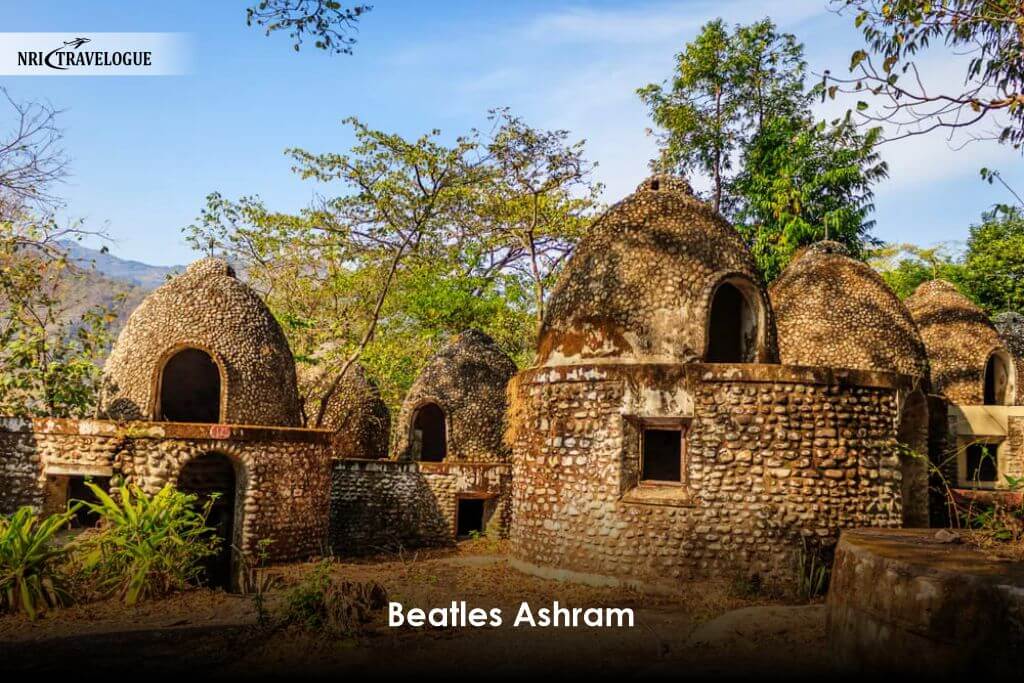
With so much around, Bajrang Setu is set to become the centerpiece of a complete Rishikesh experience.
Entry Fees, Timings, and Booking Process for Bajrang Setu
The entry fee for Bajrang Setu has not yet been officially announced, but early reports suggest it will be nominal to encourage tourism while helping fund maintenance. Similar attractions in India charge between ₹50 and ₹200 per person, so expect something in this range.
Likewise, the timings for the glass bridge are expected to be from 7 AM to 9 PM, allowing visitors to enjoy both sunrise and evening views. Online booking facilities are likely to be introduced, especially during peak tourist seasons, to manage crowds and ensure a smoother experience. Until then, on-the-spot ticket counters will remain the standard option.
Why Bajrang Setu Will Redefine Tourism in Rishikesh
Rishikesh already attracts millions of visitors every year for spiritual, wellness, and adventure activities. With Bajrang Setu it adds an attraction that is both modern and thrilling, appealing to younger travelers as well as families. Just like Lakshman Jhula and Ram Jhula became iconic symbols of the city, Bajrang Setu is poised to become the new landmark for tourism in Uttarakhand.
For locals, this bridge also represents progress. It replaces an aging structure with a safe, world-class alternative while keeping the spirit of Rishikesh alive. Imagine standing on a transparent floor above the sacred Ganga, camera in hand, with the Himalayas in the background—that’s a memory worth making.
Conclusion
With the opening of Uttarakhand’s first glass bridge in Rishikesh, Bajrang Setu is all set to transform the way visitors experience the Ganga and the hills. From its carefully engineered safety features to its prime location near the Lakshman Jhula, this attraction promises to be both thrilling and safe. Plan your Rishikesh tour around the best visiting months, explore nearby temples and cafés, and be ready to book your entry tickets as soon as the official dates are announced.
If Rishikesh has been on your travel list, the upcoming launch of Bajrang Setu is the perfect reason to finally make that trip. Whether you’re a spiritual seeker, an adventure enthusiast, or a casual traveler, walking on this glass bridge will be a memory you’ll talk about for years.
Bajrang Setu is Uttarakhand’s first glass bridge, located in Rishikesh, spanning the Ganga River between Tapovan and Swargashram, adjacent to the famous Lakshman Jhula.
The bridge is expected to open in October 2025, following completion of construction and finishing works like glass installation, railings, lighting, and painting.
Bajrang Setu is approximately 132.3 meters long and 8 meters wide, with a three-lane design. It includes two 1.5-meter-wide glass walkways on both sides made of 65 mm thick toughened glass, and a middle lane for small vehicles.
The glass walkway consists of 65 mm thick tempered glass, which is very strong and designed to withstand heavy loads and natural conditions, ensuring safety for pedestrians and light vehicles.
The bridge towers are designed to resemble Kedarnath Temple’s architectural style. Visitors can enjoy thrilling views from a height of around 57 meters above the Ganga River, with transparent glass walkways offering a unique experience


